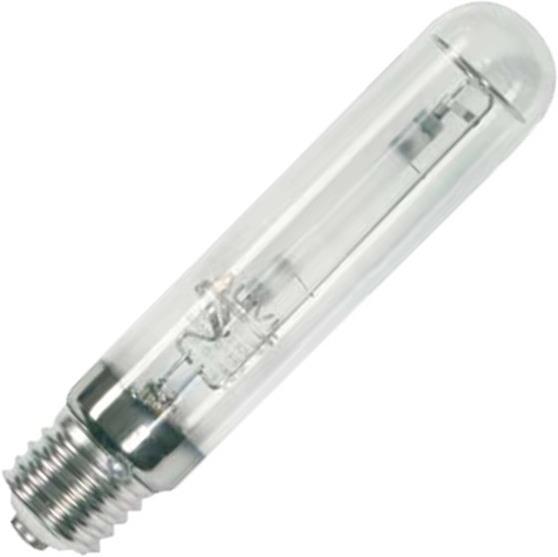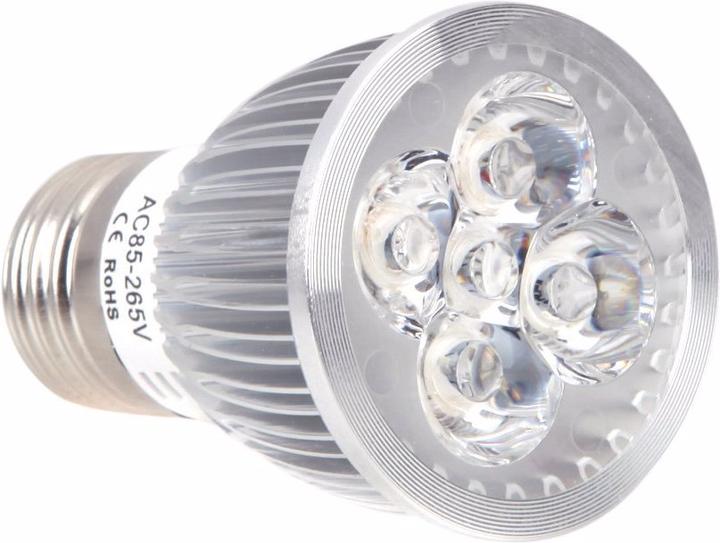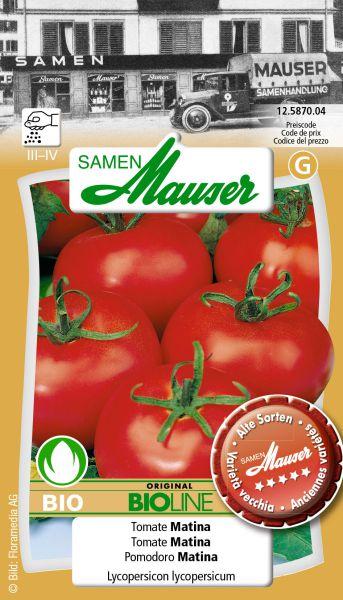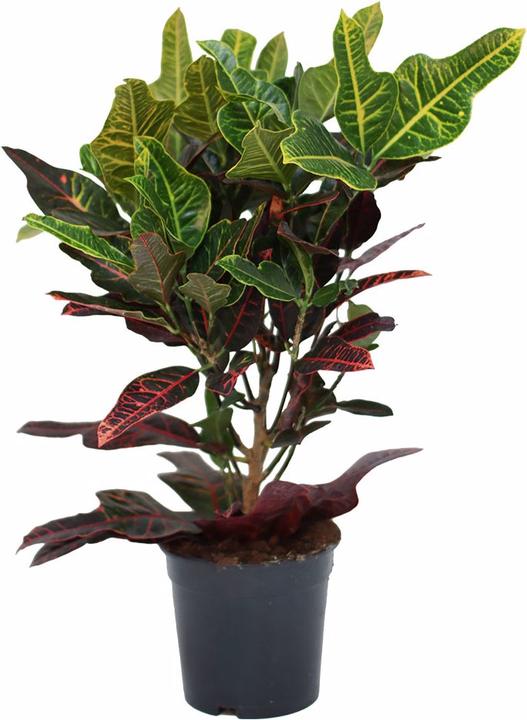
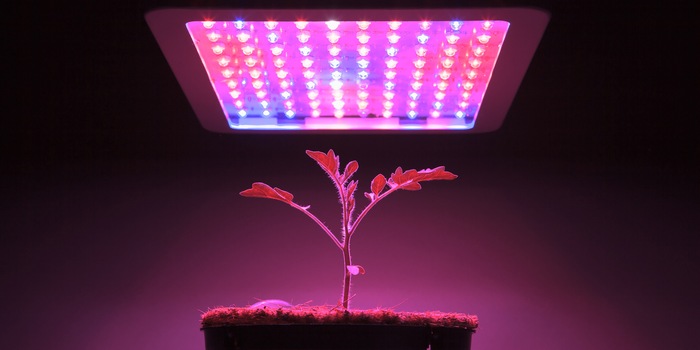
Lights for plants and dark flats
For your plants to grow, they need soil, water and light. And light is in short supply in winter, even if that's hard to admit given the current weather.
I'd like to have more plants in my flat, but it's difficult as some corners aren't bright enough. No matter how much I look after them, after a while they wither. Not to mention in winter! At the moment, I get so little light on the ground floor that I feel like I'm living in a cellar. Even the blue skies over the whole of Switzerland don't change anything, because the sun is too low. It's hard to believe that I'm the only one in the flat who doesn't get enough light. To remedy this situation, there are lights specially designed for plants, LEDs to be exact. . They're cheap, environmentally friendly and last a long time. That's all well and good, but is this light the same as the light outside, and does it work with all plants? Find the answers to the most important questions here.
Light output
For the human eye, light intensity is usually expressed in lux or lumens. These values are irrelevant, as plants use emitted light differently to us. That's why you should always pay attention to the RPA value when choosing lighting; this is Photosynthetically Active Radiation, the usable light emitted by the lamp. Normally, this value corresponds to radiation with wavelengths between 400 and 700 nm. The higher the value, the more light can be absorbed by the plant. For flowers requiring a sunny spot, a high RPA value of around 700 nm will be appropriate. Those requiring partially shaded or shaded areas, the value may remain relatively low.
The colour spectrum
Not only the light intensity, but also the colour of the light has an influence on the growth of your plants. Blue light promotes strong, dense growth, red light, flowering. White LEDs simulate daylight and can also help to strengthen the roots. The choice of colour depends on the growth phase of your plants. In the germination phase, an intense blue light will play a dominant role, while in the flowering phase it will be red. What about white light? It's suitable for all phases.
The different colour temperatures are indicated by Kelvin. In the germination phase, the most suitable value is around 6500 K, in the flowering phase, around 3000 K. A value of 3500 K is suitable for all growth phases. For this reason, light sources that combine all three colour temperatures and can be adjusted as required are therefore ideal.
The choice of plants
In general, it can be said that every plant grows better under artificial light than under the winter sun, which is generally conspicuous by its absence. There are plants that thrive under lamps. These are sun-hungry plants that can't do without their dose of sunlight, even in winter. The same goes for certain vegetables, such as tomatoes and peppers, which need to be sown early; these can germinate in the comfort of your home to get ready for their first sunbathing once spring arrives.
It's better outside
In summary, you need to focus on the intensity and colour of light to help your plants grow better. Heliotropic and early-flowering plants thrive particularly well in artificial light, although all others will benefit from extra rays too. And as soon as the sun starts to shine more regularly again in spring, the plants - with the exception of houseplants - can return to their rightful place in the garden or balcony. After all, that's where they like it best.
My life in a nutshell? On a quest to broaden my horizon. I love discovering and learning new skills and I see a chance to experience something new in everything – be it travelling, reading, cooking, movies or DIY.
Practical solutions for everyday problems with technology, household hacks and much more.
Show all
